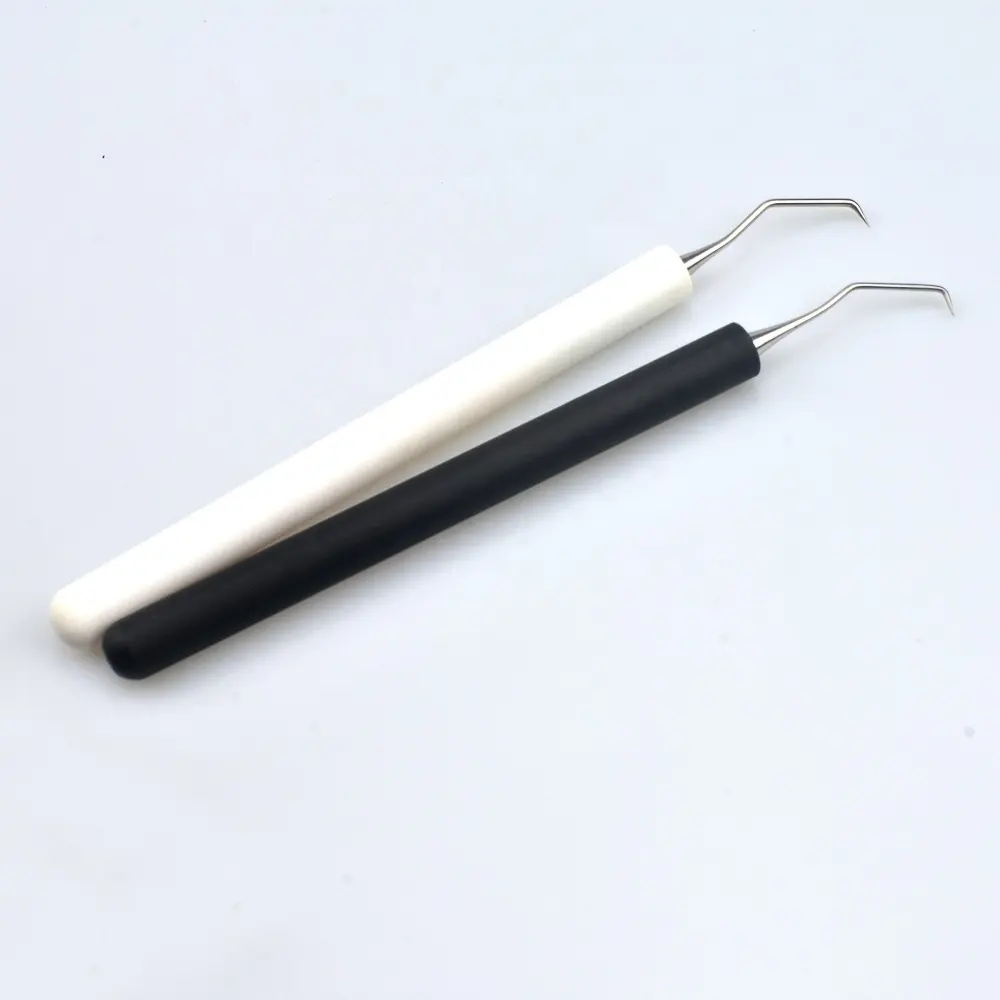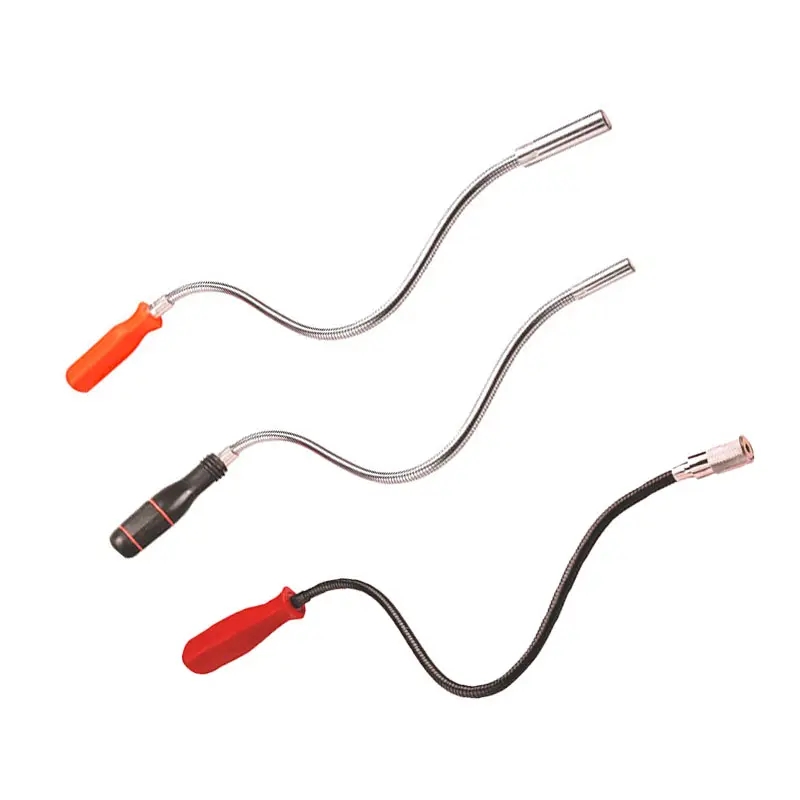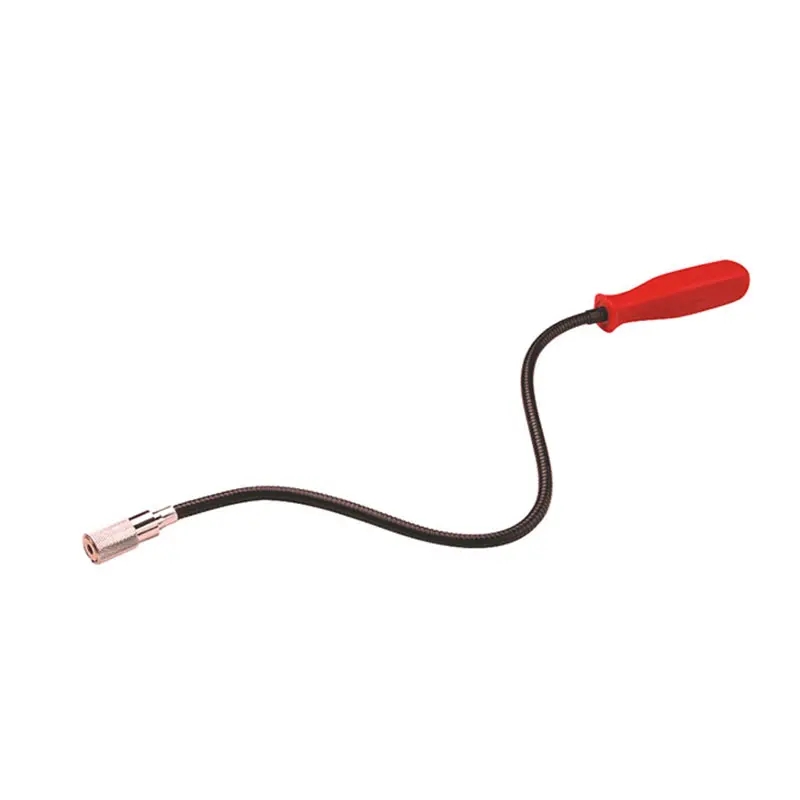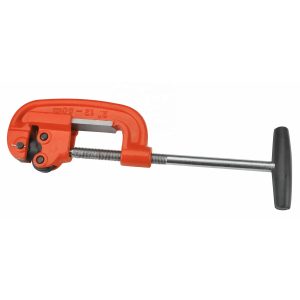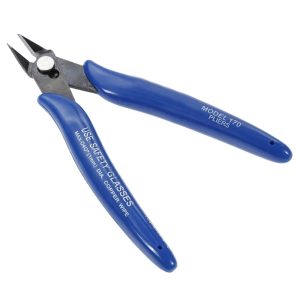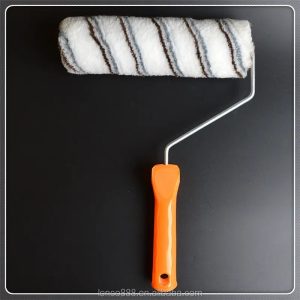Tool handles play a crucial role in the functionality and usability of various tools. Here are the benefits of well-designed tool handles:
- Ergonomics: Ergonomically designed tool handles reduce user fatigue and strain by providing a comfortable and secure grip, enhancing productivity and safety.
- Control: Properly designed handles allow for precise control of tools, leading to more accurate work and reduced risk of accidents.
- Safety: Comfortable and non-slip handles improve safety by minimizing the likelihood of accidental slips or mishandling of tools.
- Reduced Vibration: Some tool handles incorporate vibration-dampening materials, reducing the transfer of vibrations to the user’s hand and arm, which can prevent conditions like hand-arm vibration syndrome.
- Durability: Quality handle materials and construction contribute to the overall durability and longevity of tools, reducing the need for frequent replacements.
- Increased Productivity: Comfortable handles allow for longer, more efficient work sessions, resulting in increased productivity for professionals and hobbyists.
- Customization: Tool handles can be designed to fit the user’s hand size and grip preferences, ensuring a personalized and comfortable experience.
- Reduced Strain: Properly designed handles distribute the force more evenly, reducing strain on the user’s hand and arm muscles.
- Safety Features: Some tool handles incorporate safety features such as anti-roll designs or color-coding for quick tool identification and enhanced safety practices.
- Material Compatibility: Tool handles can be tailored to the specific material or task, such as insulated handles for electrical work, chemical-resistant handles for corrosive environments, or heat-resistant handles for welding applications.
- Versatility: Handles can be designed to be interchangeable or compatible with various tool attachments, offering versatility to users.
- Enhanced User Experience: Comfortable, user-friendly handles lead to a more pleasant and efficient working experience, improving overall job satisfaction.
- Reduced Maintenance: High-quality tool handles may require less maintenance or repair, saving time and costs in the long run.
In summary, tool handles are more than just a connection point between the user and the tool; they significantly impact safety, productivity, and overall user experience, making them a critical component of many tools.
Packaging methods for tool handles can vary depending on the type of handles, the manufacturer’s preferences, and the target market. Here are some common packaging methods for tool handles:
- Blister Packaging: This involves placing the tool handle in a clear, molded plastic container (blister) and sealing it with a cardboard backing. Blister packaging allows customers to see the product and provides protection during transit. It is commonly used for retail packaging.
- Clamshell Packaging: Similar to blister packaging, clamshell packaging consists of two clear plastic halves that are sealed together to encase the tool handle. It offers visibility, security, and tamper resistance, making it suitable for retail displays.
- Polybags: Tool handles can be individually placed in polyethylene bags or pouches. This is a simple and cost-effective method, often used for bulk packaging when handles are sold in larger quantities to wholesalers or retailers.
- Cardboard Boxes: Handles can be packaged in cardboard boxes, with each handle individually wrapped in protective material like foam or bubble wrap. This method is commonly used for bulk shipments and allows for secure stacking.
- Custom Packaging: Some manufacturers and retailers opt for custom packaging to align with their branding. This may include branded boxes, labels, or custom-designed packaging materials to enhance the presentation of the product.
- Bulk Packaging: When tool handles are sold in large quantities to wholesalers or manufacturers, they may be packed in bulk in sturdy crates or containers, simplifying handling and transportation.
- Hanging Cards: Some tool handles are packaged on hanging cards that can be displayed on peg hooks in retail stores. These cards often feature product information and branding.
- Eco-Friendly Packaging: With a growing focus on sustainability, eco-friendly packaging methods are becoming more popular. This can involve using recyclable or biodegradable materials, reducing excess packaging, or employing minimalist packaging designs.
The choice of packaging method depends on the type of tool handles, the target market, and the manufacturer’s or retailer’s branding and shipping requirements. It’s important to consider the protection and presentation of the handles, as well as any sustainability goals, when selecting a packaging method.
Tool handles are a critical component of many tools, and well-designed handles offer several advantages:
- Ergonomics: Comfortable and ergonomically designed handles reduce user fatigue and strain, improving productivity and safety.
- Control: Properly designed handles allow for precise control of tools, leading to more accurate work and reduced risk of accidents.
- Safety: Comfortable and non-slip handles enhance safety by minimizing the likelihood of accidental slips or mishandling of tools.
- Reduced Vibration: Some tool handles incorporate vibration-dampening materials, reducing the transfer of vibrations to the user’s hand and arm, which can prevent conditions like hand-arm vibration syndrome.
- Durability: Quality handle materials and construction contribute to the overall durability and longevity of tools, reducing the need for frequent replacements.
- Increased Productivity: Comfortable handles enable longer, more efficient work sessions, resulting in increased productivity for professionals and hobbyists.
- Customization: Tool handles can be designed to fit the user’s hand size and grip preferences, ensuring a personalized and comfortable experience.
- Reduced Strain: Properly designed handles distribute force more evenly, reducing strain on the user’s hand and arm muscles.
- Safety Features: Some tool handles incorporate safety features such as anti-roll designs, anti-spark materials, or color-coding for quick tool identification, enhancing safety practices.
- Material Compatibility: Tool handles can be tailored to the specific material or task, such as insulated handles for electrical work, chemical-resistant handles for corrosive environments, or heat-resistant handles for welding applications.
- Versatility: Handles can be designed to be interchangeable or compatible with various tool attachments, offering versatility to users.
- Enhanced User Experience: Comfortable, user-friendly handles lead to a more pleasant and efficient working experience, improving overall job satisfaction.
- Reduced Maintenance: High-quality tool handles may require less maintenance or repair, saving time and costs in the long run.
In summary, tool handles are more than just a connection point between the user and the tool; they significantly impact safety, productivity, and overall user experience, making them a critical component of many tools.






